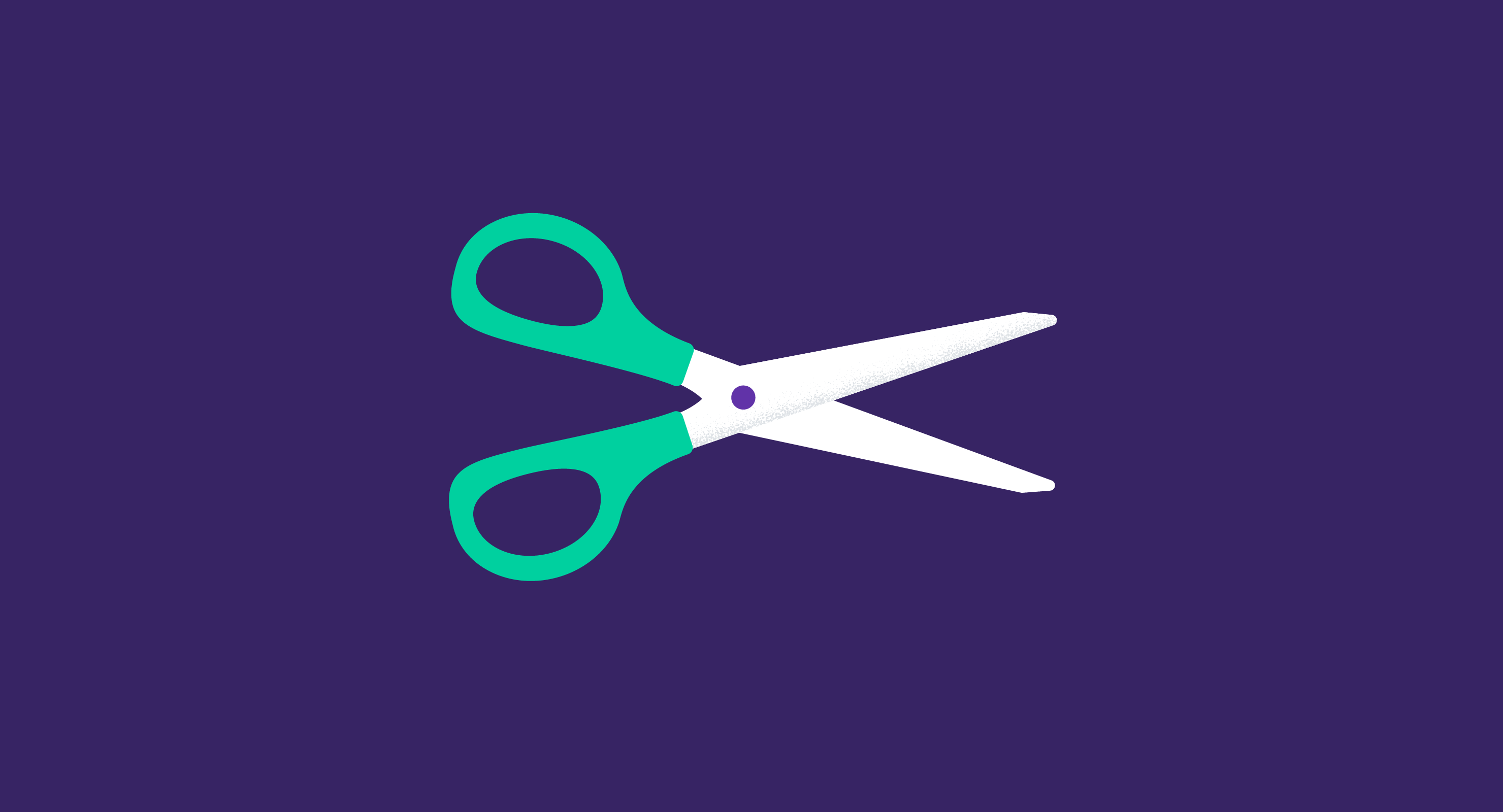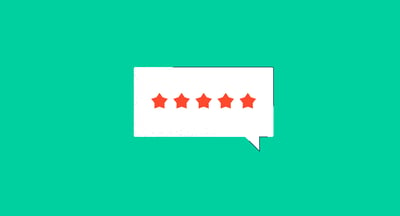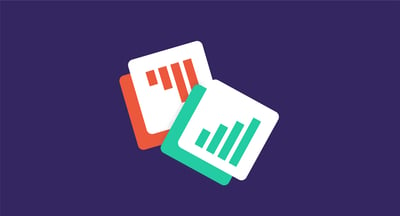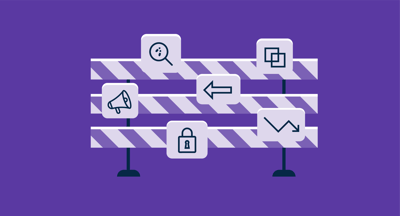
On June 11, G2 co-founder Tim Handorf sat down with G2 Track customers for The COVID Consult: Optimizing SaaS Spend, a webinar all about how we at G2, and our customers, are utilizing G2 Track to reduce software spend.
He was joined by Jason Bieber, VP of IT and Business Systems at PatientPop, Rachael Tauber, Principal Enterprise Architect at AppDynamics, and G2’s very own VP of Finance and Operations, Ted Weitzel.
The COVID Consult was a story share from Jason, Rachael, and Ted about how their businesses have been using G2 Track to help pivot and find new ways to optimize their tech stack and save money during COVID-19 while increasing cost efficiency during an economic downturn.
It was our goal that viewers would not only learn the exact strategy that G2 used to reduce its software spend by 12%, but also walk away with a few tips to take to their company regarding what G2 Track can do.
In March 2020, G2 started ramping up their usage of G2 Track, its own SaaS spend application, more intensely as a way to save money within our tech stack. Since then, we’ve seen great success and are proud to say we’ve decreased our software spend by 12% per month in the fiscal year.
Thanks to G2 Track, we were able to show various members of our teams and owners of the software budget exactly how much each department is spending on software,and what it’s costing our business as a whole.
We were lucky to make the move to G2 Track right before COVID-19 turned the economy and businesses in every industry upside down. What we’ve found from using G2 Track is there are some key best practices for optimizing software spend.
When it comes to making the most of your tech stack and budget, having optimum visibility for everyone involved in transactions is a must.
G2 Track is your centralized location for contracts, which include:
Being able to centralize all of these details in a place that isn’t a hard-to-read spreadsheet, and rather an easily navigable application, has helped engagement – especially on the internal business-owner side of things.
It’s vital that you check utilization to understand who uses which software application and how many employees are using it before renewal negotiations take place.
We found out through using G2 Track that we had a lot of applications that weren’t being used taking up our budget. We were able to see that we’d have 100 users available for a specific application, but only 50 were provisioned. And of those 50 users, only 30 G2 employees were logging in and using that application daily. Seeing this information gave us the insight to reduce costs, especially when going into a renewal period.
At the end of the day, we want to use what we’re paying for.
Have you ever stopped to consider how happy your employees are with the software they’re using?
We all go to work and have to interact with software to do our jobs. If your team enjoys interacting with that software, they’re going to do a better job. If they come to work and really dislike the tools they’re using and find them frustrating to use, even the simplest tasks become difficult.
Know what your team likes and dislikes about each software application before negotiations come around. When in contract negotiations, you can say exactly which feature your team dislikes and ask if that company can do anything about updating the solution.
Once COVID-19 hit, businesses knew there would be a major economic impact and ramifications, and with that, turned to reducing software and SaaS spend before having to lay off employees. In every industry, there was the question of “what do we do now?”
Below is how G2 Track customers answered that question.
Just like G2, PatientPop implemented G2 Track at the start of 2020, before COVID-19. They began seeing benefits in January. They gained insights to new data in their tech stack, including that they were using and paying for seven different project management applications and five different communication collaboration tools at once.
PatientPop reacted quickly to COVID-19 and closed their Santa Monica office on March 6. On April 1, after having to make the difficult decision to implement a Reduction in Force, the CEO launched a new initiative called Project Profitable where employees brainstormed any ideas they had about cutting costs.
Once these conversations began, there were employees in every department openly discussing the software solutions they didn’t like and if it would make sense to get rid of them. They were met with roughly 85 new ideas, and although not all of them were about software spend, Jason was shocked to see how many specific places G2 Track had highlighted in terms of application redundancies.
This data not only opened the door to having more effective conversations around their software spend, but also provided PatientPop with an appetite for change. The impact of COVID-19 accelerated the need to make these types of decisions.
As an example, one of PatientPop’s many communication tools was set to expire at the end of March. They had roughly 250 employees deployed on this tool, and within 30 days had them all moved onto a different tool that offered more in terms of collaboration and useful features.
Jason Bieber
VP of IT and Business Systems, PatientPop
For AppDynamics, the most important feature within G2 Track that they were able to utilize was identifying overlapping costs.
As they looked into the data that was available within G2 Track, they saw they were using eight different document management systems, which was a great place to start consolidating. AppDynamics was able to gain insight into everything within their tech stack, especially the shadow IT applications they didn’t know about, and identify what they were paying for, who was using it, and how often.
Recently, they paid special attention to applications that were up for renewal. When talking to the Director of User Research, Rachael was told that a specific tool was great and well-loved, so she went into G2 Track to see how many employees were using it. What she ended up finding from the utilization page was that only two people were using a tool that they were spending $50,000 a year on.
Without G2 Track, they wouldn’t have been able to have this type of dialogue with business stakeholders about which tools were working for the team and which weren’t. Once they did, they were able to make smarter decisions and strategic investments for their tech stack.
In addition to consolidating, they also had to take steps to grow their infrastructure since they saw an increase in specific products during COVID-19. To do this, AppDynamics paid attention to the products that didn’t bring value to their organization, and instead invested in the tools that made a bigger difference and brought in positive ROI.
In addition to some of the problems that G2 Track can solve for customers, there’s also unique value that it brings to the table, regardless of the industry.
For Jason and PatientPop, it’s all about the data visualization. When he has monthly technology alignment meetings, he can utilize the data from the finance systems and SSO within G2 Track and take a deep dive into the contracts that are set to expire. He’s then able to narrow down who is claiming ownership of each contract, which contracts will be increased and decreased, or which ones to do away with altogether.
After these meetings, Jason can utilize G2 Track as an organized program around software asset management. It provides the evidence needed to connect with financial transactions and login activity, which gives a whole new level of visibility when they need to cut costs. “Everything is integrated and live in the dashboard while showing the investment around managing our tech stack,” he said.
At G2, we find immense value around eliminating shadow IT spend, identifying which SaaS tools are sitting within our tech stack and not being used, and understanding user sentiment during software contract negotiations. Thanks to G2 Track, we’re able to save $25,000 - $30,000 a month on software spend.
For Rachael at AppDynamics, it’s all about getting everyone to look at the same data, especially around a contract schedule and when these contracts were set to expire. They did away with their Google Calendar system with someone manually entering data and instead utilized G2 Track to be proactive and not reactive with their contracts.
Rachael Tauber
Principal Enterprise Architect, AppDynamics
During the webinar, the audience asked Jason to elaborate on how PatientPop uses G2 Track to fight against shadow IT.
Jason was surprised at how many people at PatientPop were unfamiliar with the phrase, let alone what it is and how it can harm a company. “We first had to acknowledge and admit that it exists, which some organizations [never] do,” he said.
When it comes to mitigation, shadow IT happens when finance facilitates a budget for it or when business leaders trade headcount funding for application funding. If you ask the finance department, “what happens if hiring doesn’t take place at the back half of the year, but instead I use it to buy a specific tool?” they may simply sign off with the impression that money is money.
G2 Track works to prevent this from happening between finance and integration of these applications. There needs to be a centralized managed software or SaaS budget.
“If there’s an app within the landscape that wasn’t planned and coordinated, it’ll never connect to anything within the enterprise landscape, which means you won’t have any data or shared access. There needs to be policies set up around setting up new tools or expanding existing tools to mitigate shadow IT,” Jason said.
The goal with our COVID Consult webinar was to give our audience some tips to leave with around reducing software spend.
From Rachael, her number one tip was getting more people involved in the platform and engaged in looking at the data. “The data within G2 Track allows our teams to collectively look at all of the dashboards and the information more holistically.
Rachael Tauber
Principal Enterprise Architect, AppDynamics
Her second tip is to follow the money. You need to find out how applications are being paid for, even the little things, which can add up to more of your budget than it should. “You need to know who is paying for applications and how they’re paying for them. Keep an eye out for expense reports of the employees buying $50 packages of software. This can add up to way more than it should,” she explained.
From Jason, his number one tip was around the importance of vocal and executive leadership. “Having your finance partner incorporate G2 Track into recurring budget reviews with department leaders is an absolute must for unified and informed visibility across all departments.”
Lastly, Ted’s can’t-miss advice was the importance of making G2 Track a part of the process when buying and renewing software contracts. “If you go into every conversation and renewal with the data to figure out when software is coming up for renewal and to establish a monthly process, while making sure everyone is interacting with the tool, you’ll find success.”
G2 wants to thank everyone who registered for the COVID Consult as well as Jason and Rachael for sharing their experience using G2 Track. Their advice around using it to its fullest potential will help so many businesses learn how to save money!
To anyone who missed out on the webinar or is interested in more information about G2 Track, now is the time to take advantage of our free 30-day assessment with a cost saving deliverable.
Mara Calvello is a Content and Communications Manager at G2. She received her Bachelor of Arts degree from Elmhurst College (now Elmhurst University). Mara writes content highlighting G2 newsroom events and customer marketing case studies, while also focusing on social media and communications for G2. She previously wrote content to support our G2 Tea newsletter, as well as categories on artificial intelligence, natural language understanding (NLU), AI code generation, synthetic data, and more. In her spare time, she's out exploring with her rescue dog Zeke or enjoying a good book.
We’re told as kids that if you don’t have anything nice to say, don’t say anything at all.
 by Mara Calvello
by Mara Calvello
Everyone wants to believe that when the economy, and businesses as a whole, are on an upswing,...
 by Mara Calvello
by Mara Calvello
When it comes to your SaaS tech stack, there’s a lot to keep track of.
 by Mara Calvello
by Mara Calvello
We’re told as kids that if you don’t have anything nice to say, don’t say anything at all.
 by Mara Calvello
by Mara Calvello
Everyone wants to believe that when the economy, and businesses as a whole, are on an upswing,...
 by Mara Calvello
by Mara Calvello


